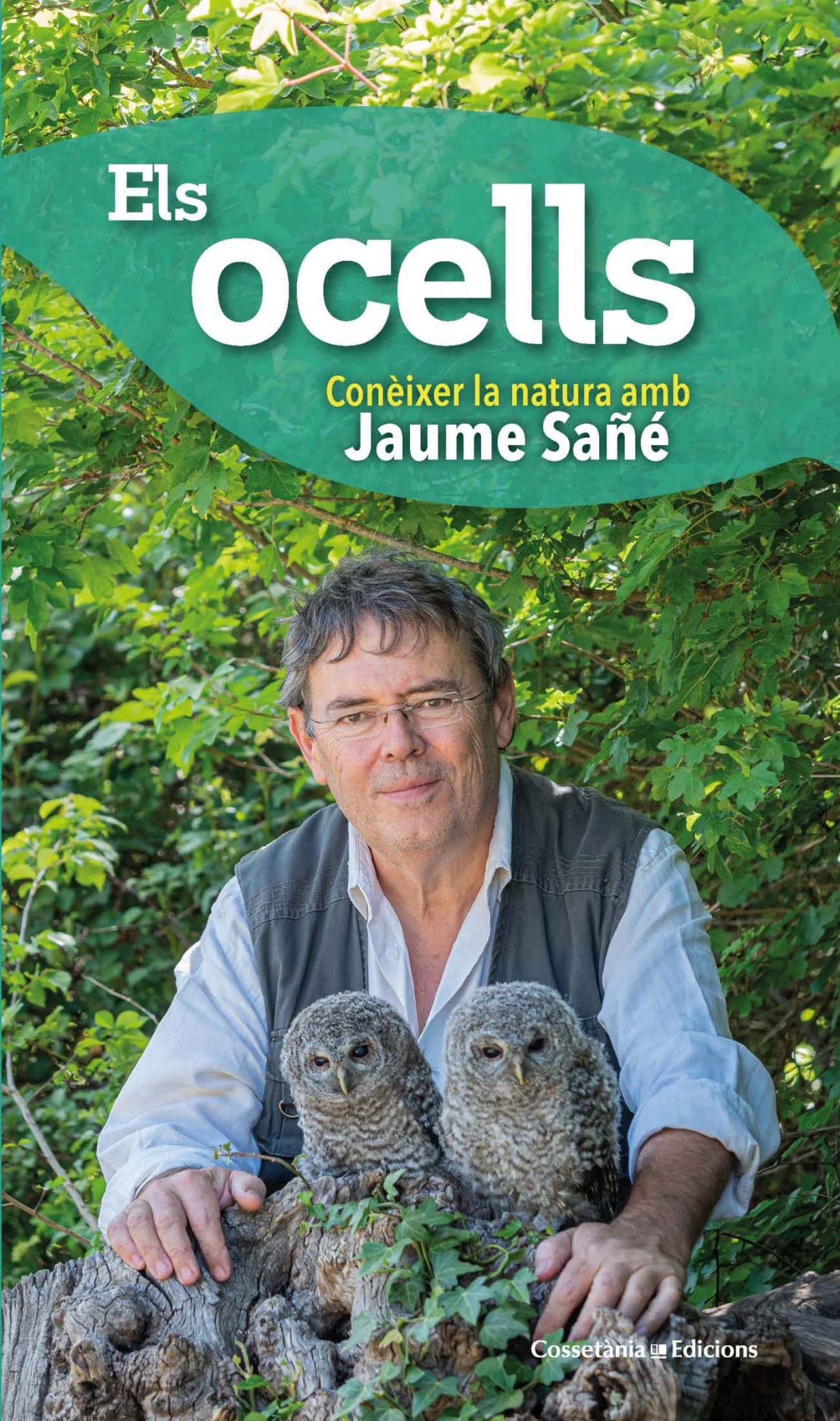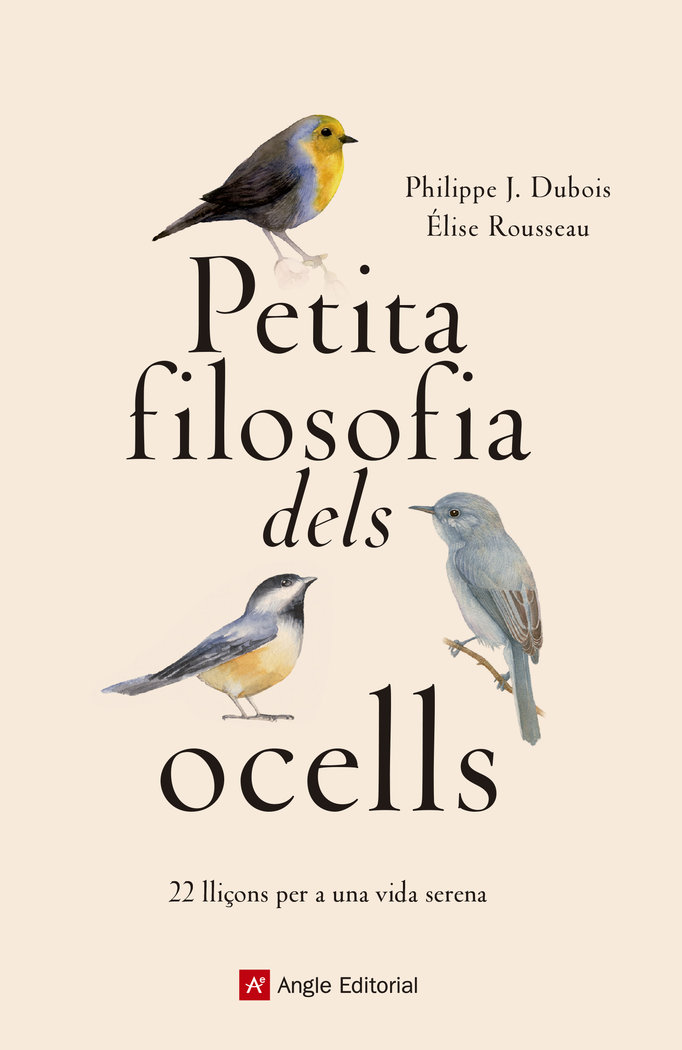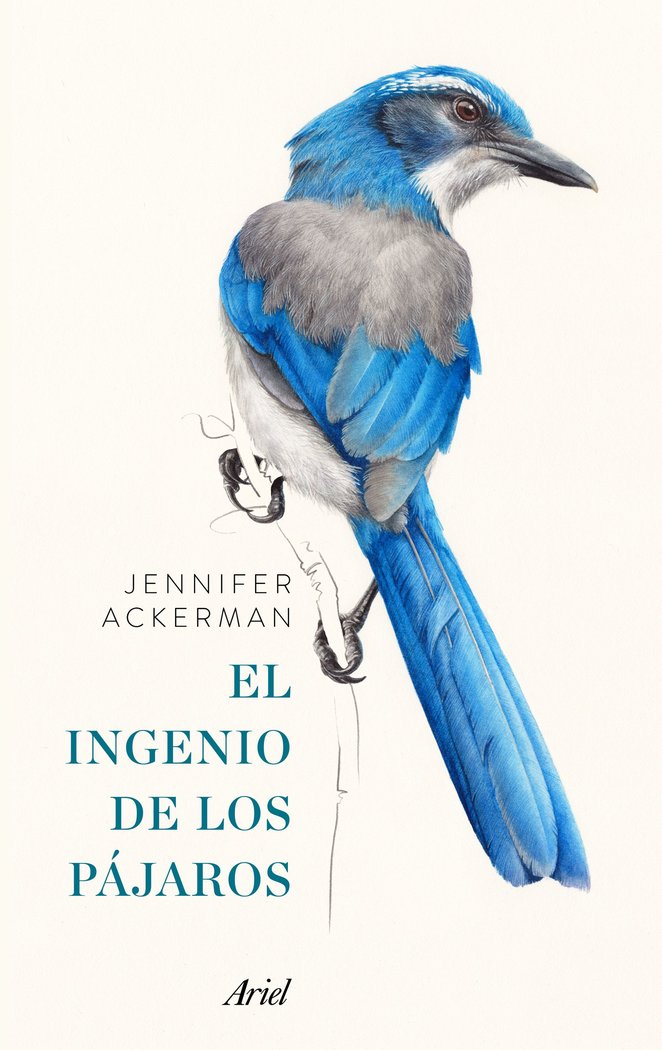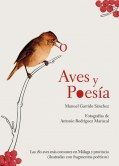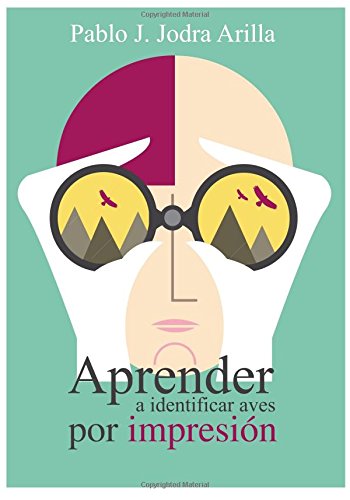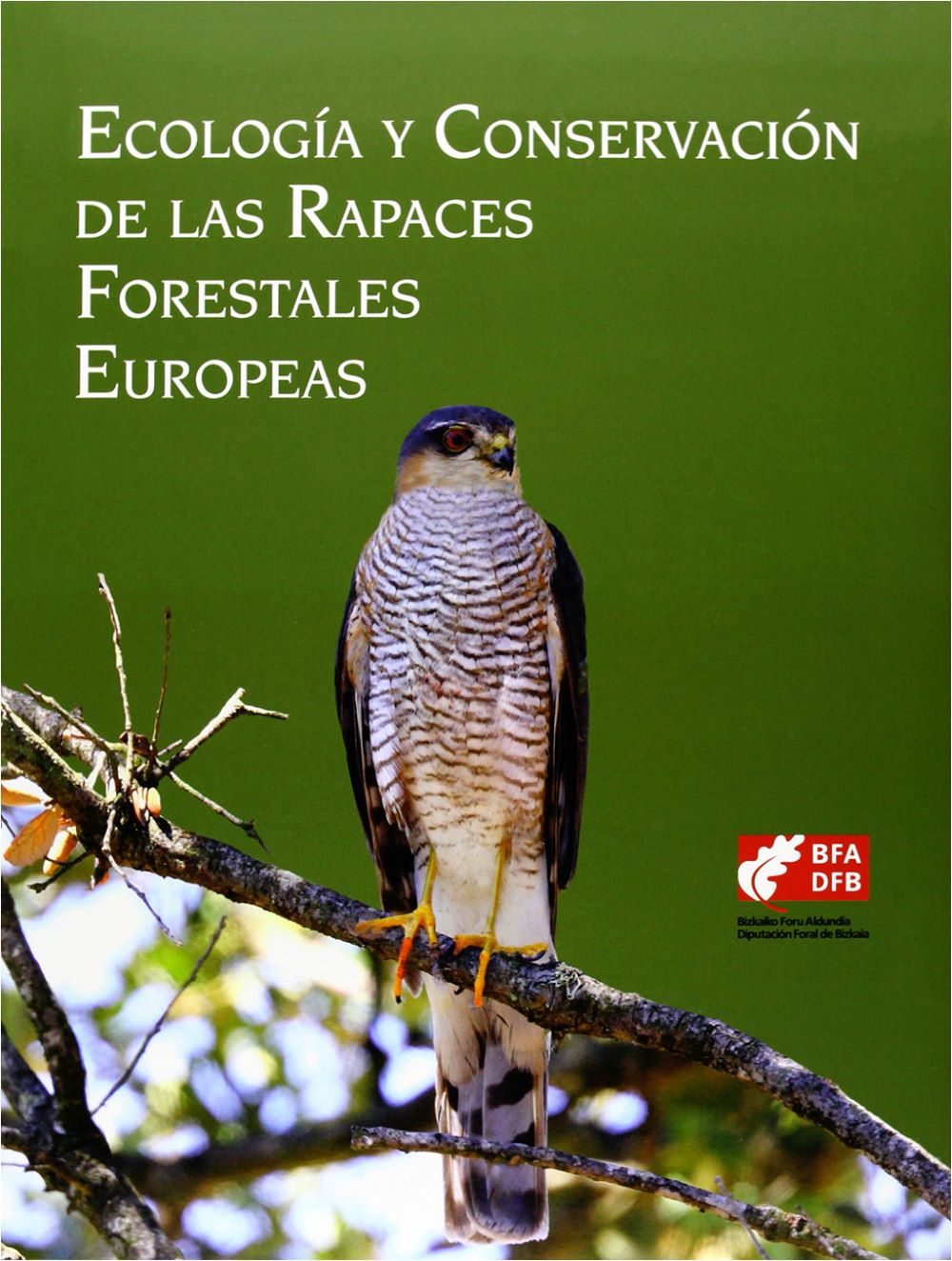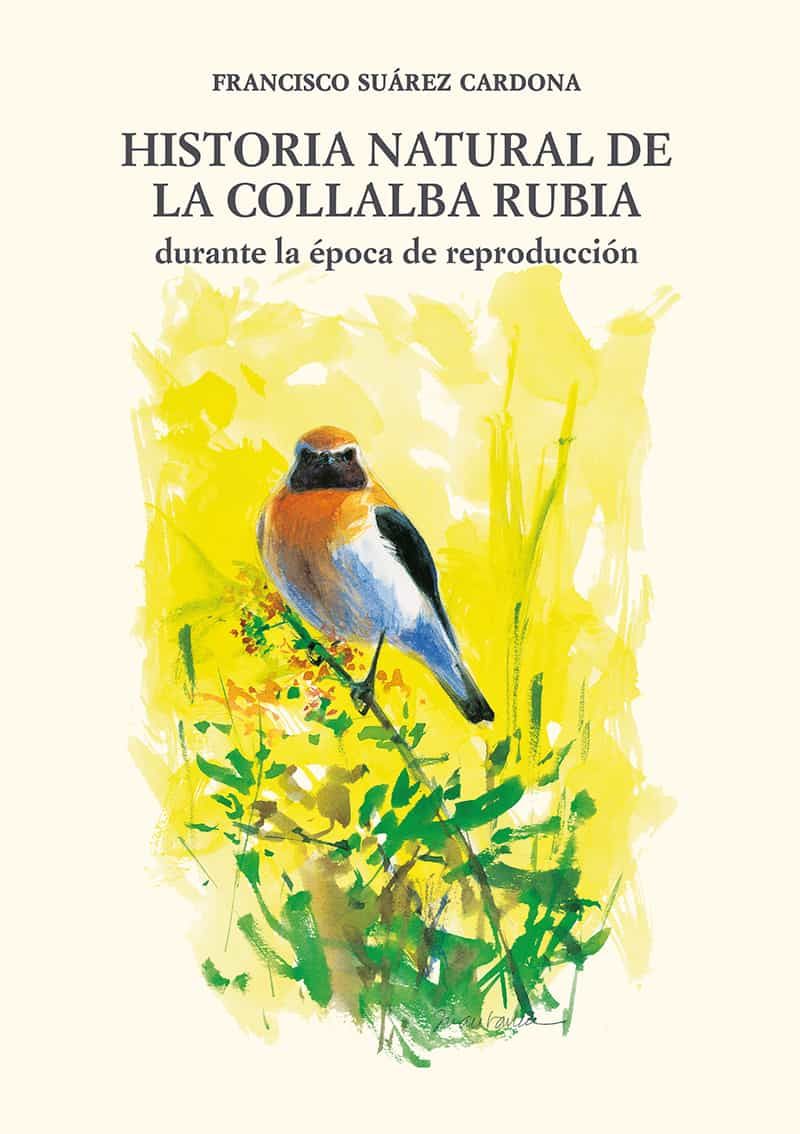Learning how to identify birds by impression
L06.200
Methods and techniques for identifying birds by impression
26,60 €
Consigue 26 puntos de fidelidad
Editorial: Createspace Ind Pub
ISBN: 9781981629374
Año: 2017
Edición: 1
Páginas: 363
Tamaño: 15 x 23 cm.
Peso: 800 g.
Encuadernación: Tapa blanda o Bolsillo
Idioma: Ingles
Disponible
Learning how to identify birds by impression is a theoretical-practical book, which allows the observer to identify birds by impression, after carrying out the practical exercises that it proposes. This book is not a bird guide, but a method for identifying wild birds. The book is composed of two parts: the first one, theoretical, deals with impressions, how they are born and what the result of their operation is. The second part, practical, teaches how to operate the variables and thus generate impressions, through the combination of field and at desk exercises. With practice, the observer will experience birding by impression. The method is based in the acquisition of a familiarisation to the bird and its environment and, for that, it uses holistic variables that include in addition to plumage, ecology, structure and behaviour. Familiarisation is obtained through the generation of own impressions of the right side of the brain (Karlson K and Rosselet D, 2015), induced after the operation of such variables. Impressions are housed in the fast subconscious memory, which allows an instant retrieval of the image, associated to the name of the bird that generated the impression. Variable operations are evaluation, synthesis and comparison. The evaluation is the basic operation for each variable; through synthesis, the evaluated variables of a same nature are grouped; comparison is used when dealing with a set of species of the same genus or family. Each operation is solved in one sentence and the generation of simple impressions takes place during the elaboration of the sentences. The complex impressions will appear after synthesis and comparison. Acting in a conscious, proactive and systematic way, the observer increases and improves efficacy, efficiency, universality and representativeness of their skill in wild bird identification, and they do it in a significantly lower time than required if they had used traditional methods through plumage, GISS (Dunne P, 2006) or jizz (Blomdahl A, Breife B and Holstrom N, 2012).
The potential users of this technology are: professional or amateur observers of birds, teachers, educators and environmental journalists that can elaborate a degree subject, master, doctorate or vocational training. The method can be the subject of exhibitions in museums and zoos. It is susceptible of being explained in chats and conferences, workshops or short courses. The authors of bird guides can include the impression as an added factor to the plumage. Professional researchers, librarians and booksellers will also find the technology useful. Biologists, zoologists, engineers, environmentalists, technical and forest engineers, bird census enumerators, professionals of learning with the right side of the brain, consultants, ornithological guides, technicians of environmental departments in governments and municipalities, NGO ornithologists, as well as professionals from conservation and nature study institutions, whose motto is change and innovation; and in a near future, in 2020, the students of the Finnish educational system.
Value proposal for the observer
The method increases and improves the efficiency, effectiveness, universality and representativeness of the identifications made by an observer in an avian community, with respect to classical methods based on plumage analysis.
The method is friendly and is based on solid scientific pillars; The method allows for "understanding" birds immersed in their environment as a whole, which is the basis of the holistic identification.


